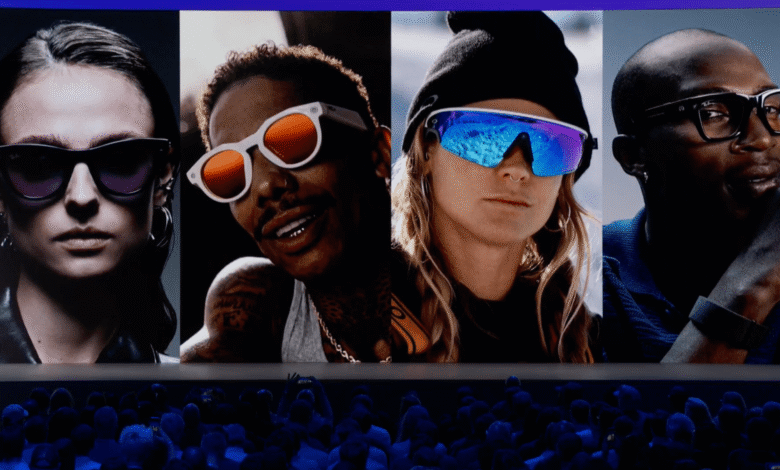Mark Zuckerberg’s Plan to Replace Your Smartphone

▼ Summary
– Meta’s new Ray-Ban Display smart glasses aim to reduce phone-checking and promote social presence, positioning them as an alternative to smartphones.
– The glasses feature a display for apps and directions, along with cameras, speakers, microphones, and an AI assistant, building on previous successful models.
– A key innovation is the Meta Neural Band wristband, which uses sEMG technology to enable voiceless texting through gesture recognition at up to 30 words per minute.
– Meta has invested heavily in this technology, with Reality Labs incurring $70 billion in losses since 2020, signaling a major strategic bet beyond its metaverse efforts.
– The success of smart glasses depends on whether they feel more natural than smartphones in daily use and if they truly enhance social presence as claimed.
If you find yourself constantly reaching for your phone, even during social gatherings, Meta believes its latest innovation could change that habit. The company’s vision involves shifting your attention from a handheld screen to a pair of high-tech glasses designed to keep you engaged with the world around you.
During the Meta Connect 2025 keynote, CEO Mark Zuckerberg emphasized that smart glasses aim to restore a sense of presence that he feels smartphones have eroded. While the underlying motivation may involve reducing reliance on Apple and Google’s ecosystems, the public messaging centers on reconnecting people in shared physical spaces.
Meta’s Reality Labs division, known for its substantial financial investments, has channeled over $70 billion since 2020 into developing advanced hardware. The result is the Meta Ray-Ban Display, a sophisticated wearable that the company hopes will eventually rival smartphones in popularity.
Unlike earlier attempts, such as the much-hyped metaverse avatars that famously “got legs”, these glasses represent a tangible leap in consumer technology. While independent testing is still pending, the device integrates cameras, speakers, microphones, and an onboard AI assistant. A discreet display shows notifications, directions, live translations, and apps like Instagram and WhatsApp without blocking the wearer’s view.
The most innovative feature is the Meta Neural Band, a wristband that uses surface electromyography (sEMG) to detect neural signals traveling to the hand. This allows users to compose messages through subtle finger movements, as if writing invisibly in the air. During the keynote, Zuckerberg demonstrated texting at nearly 30 words per minute, a rate competitive with smartphone typing speeds.
This silent input method addresses a key limitation of voice assistants and touchscreens in public settings. While other wearables like the Apple Watch offer non-verbal input, the process is often slow and impractical. Meta’s approach appears more fluid and intuitive, though real-world performance remains to be seen.
The technology builds on years of sEMG research, including earlier prototypes like Project Orion. Like its competitors, Meta is preparing for a future where glasses could potentially make phones obsolete. However, success hinges on whether people find the experience more natural than using a familiar handheld device.
Zuckerberg frames this not just as a tech upgrade, but as a social one, a way to reduce screen isolation and promote engagement. It’s a compelling narrative, especially coming from a company that profits from attention-driven apps. Whether consumers embrace this vision depends on how well the glasses deliver on the promise of presence without sacrificing convenience.
The shift from smartphones to smart wearables won’t happen overnight, but with the Ray-Ban Display, Meta is offering a first look at what that future could hold.
(Source: TechCrunch)





